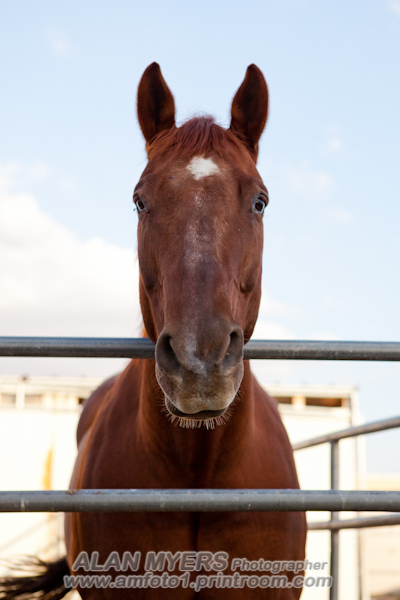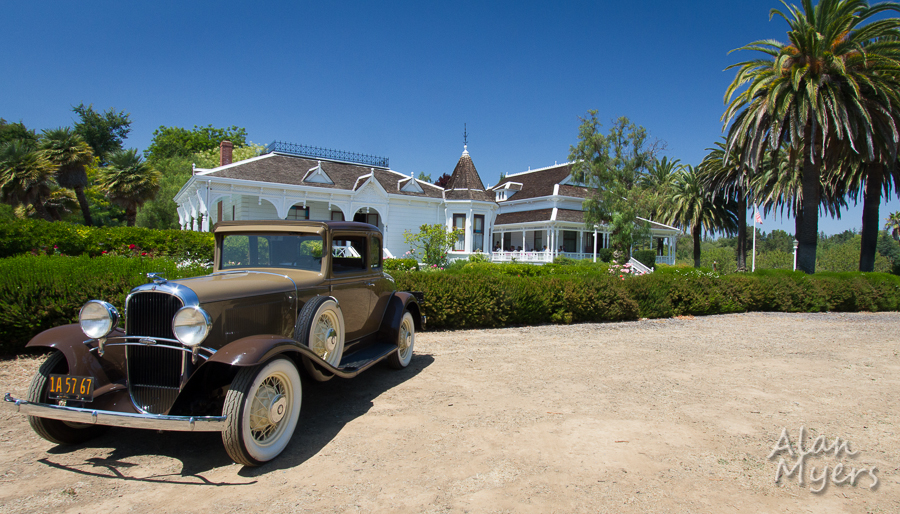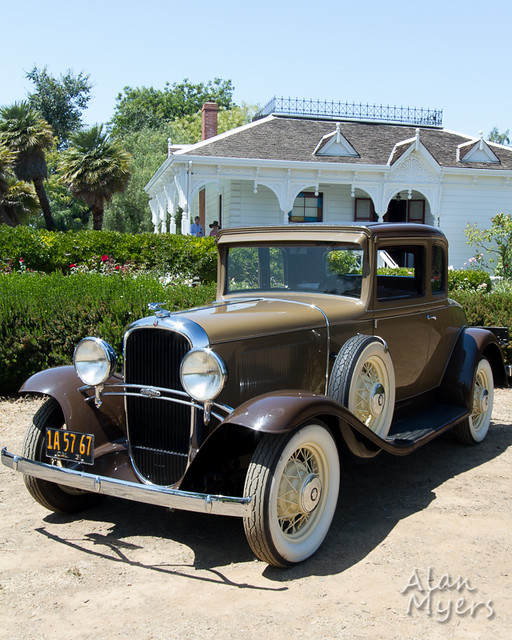Wide Angle Lens Distortion - Full Frame vs Canon Crop body
Feb 12, 2020 13:02:40 #
kymarto wrote:
FF allows for shallower DOF at the same viewing angle and maximum aperture, and this is an effect--isolating the subject from the background--that can be used to great effect with portraits and weddings.
Does FF allow for shallower DOF at the same viewing angle and maximum aperture? Isn't it deeper DOF instead?
Feb 12, 2020 13:41:52 #
TheShoe
Loc: Lacey, WA
selmslie wrote:
When you are using a wide angle lens you will be tempted to get too close to the subject.
The distortion is caused by the camera to subject distance, not by the focal length.
The distortion is caused by the camera to subject distance, not by the focal length.
DxO calls it Volumetric Distortion and provides an adjustment for it.
Feb 12, 2020 20:43:34 #
amfoto1
Loc: San Jose, Calif. USA
A few comparisons of DoF and background blur....
APS-C Camera:
50mm @ f/2 (background approx. 2 ft behind subject)...

85mm @ f/2 (note softer focus on hand and wine bottle)...

135mm @ f/4.5 (subjects approx. 20-25 ft., background 15 ft. farther)...
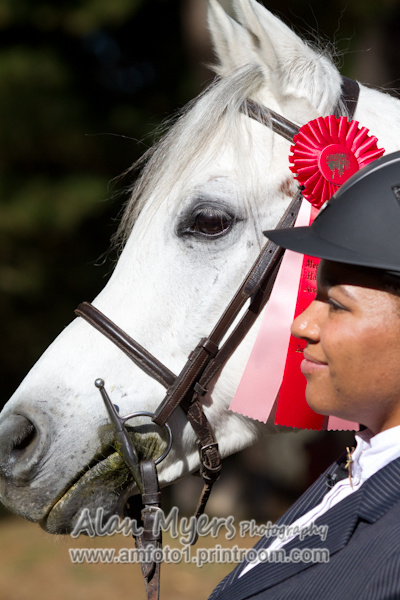
300mm @ f/4 (probably 25-30 ft. to subject & another 40-50 ft. to background)...

700mm @ f/5.6 (500mm lens + 1.4X teleconverter... probably 100-150 ft to subject, railroad trestle in background)...

Full Frame Camera
85mm @ f/5.6 on full frame camera (5-6 ft. to subject, background 8-10 ft. farther)...
 ...
...
135mm @ f/2 on FF camera (very close to subject, backgrond about 4 or 5 ft.)...
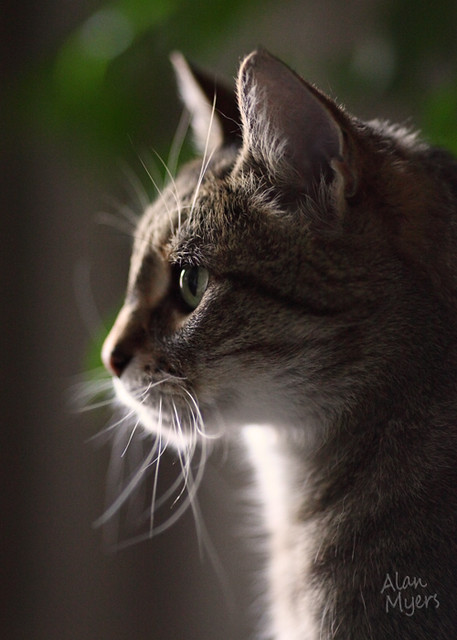
135mm @ f/4 on FF camera (7-8 ft. subject, background 8-10 ft. behind)...
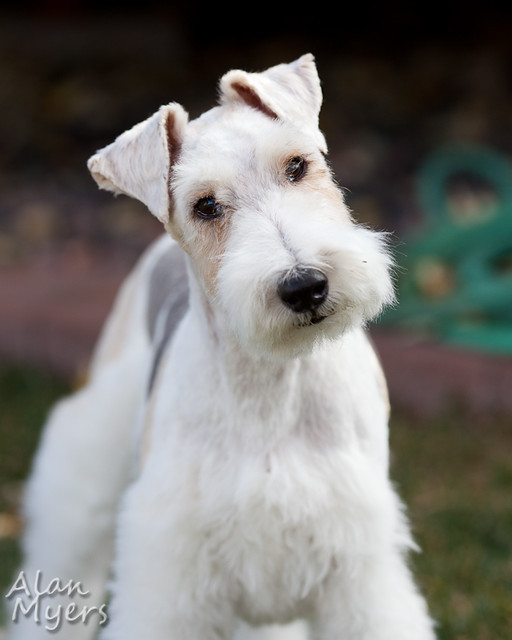
135mm @ f/4 on FF (15-18 ft. to subject, background 5-6 ft. behind)...
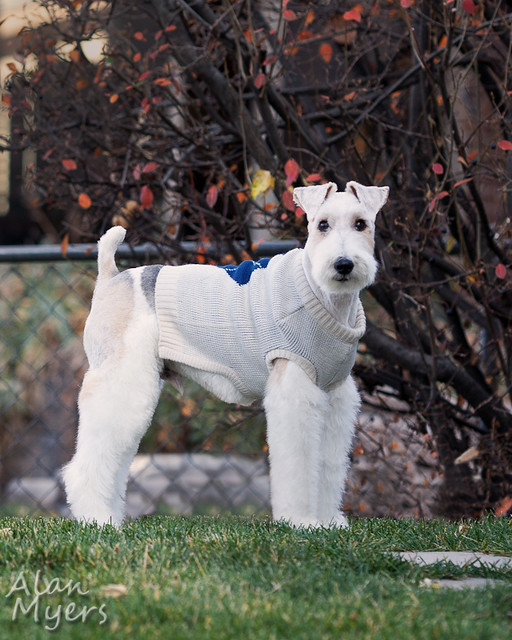
APS-C Camera:
50mm @ f/2 (background approx. 2 ft behind subject)...

85mm @ f/2 (note softer focus on hand and wine bottle)...

135mm @ f/4.5 (subjects approx. 20-25 ft., background 15 ft. farther)...

300mm @ f/4 (probably 25-30 ft. to subject & another 40-50 ft. to background)...

700mm @ f/5.6 (500mm lens + 1.4X teleconverter... probably 100-150 ft to subject, railroad trestle in background)...

Full Frame Camera
85mm @ f/5.6 on full frame camera (5-6 ft. to subject, background 8-10 ft. farther)...
 ...
...135mm @ f/2 on FF camera (very close to subject, backgrond about 4 or 5 ft.)...

135mm @ f/4 on FF camera (7-8 ft. subject, background 8-10 ft. behind)...

135mm @ f/4 on FF (15-18 ft. to subject, background 5-6 ft. behind)...

Feb 13, 2020 08:16:23 #
The best crop sensor DSLR is the new Canon 90D. A lot of the upgrades features found on mirrorless camera with great eye AF.
Feb 13, 2020 09:19:10 #
Feb 13, 2020 23:53:24 #
uhaas2009 wrote:
Lens distortion applies to every lens. It’s better to learn and use it.


Feb 13, 2020 23:55:15 #
CHG_CANON wrote:
The focal length of the lens remains unchanged no matter what type of camera where the lens is mounted. Don't get confused by the crop factor. Here's 16mm and a good looking elongated nose.
Boeing KC-135 Stratotanker by Paul Sager, on Flickr

Boeing KC-135 Stratotanker by Paul Sager, on Flickr

It's not that bad really is it dear? Not at all... Great shot Paul good perspective/comp...!


Feb 14, 2020 15:37:04 #
selmslie wrote:
So "distortion" is a mis-leading term ...... the effect is actually there if someone would just look.When you are using a wide angle lens you will be tempted to get too close to the subject.
The distortion is caused by the camera to subject distance, not by the focal length.
The distortion is caused by the camera to subject distance, not by the focal length.
If you want to reply, then register here. Registration is free and your account is created instantly, so you can post right away.

